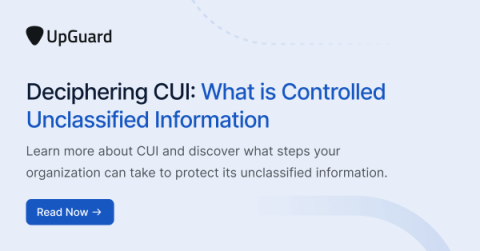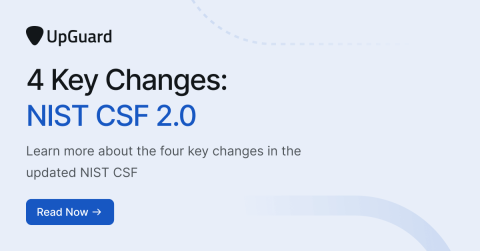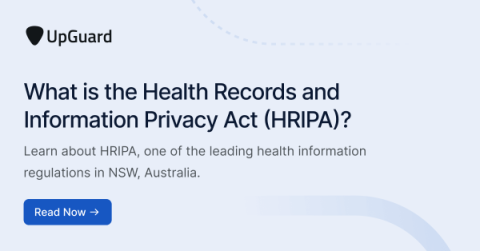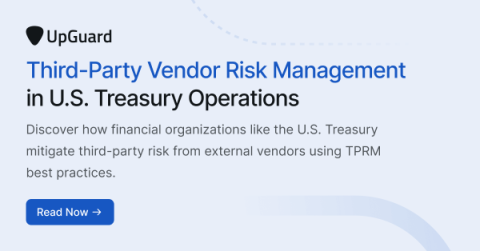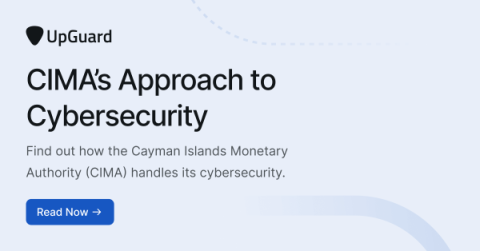8 Steps to Cultivate a Culture of Risk Awareness in Higher Education
Over the last few years, the education industry has increased its dependency on third-party service providers, expanding the average attack surface and escalating the importance of comprehensive risk awareness. Higher education institutions that rely on large vendor ecosystems must develop robust cultures of risk awareness to safeguard their data and daily operations from cyber attacks, data breaches, and other disruptions.



